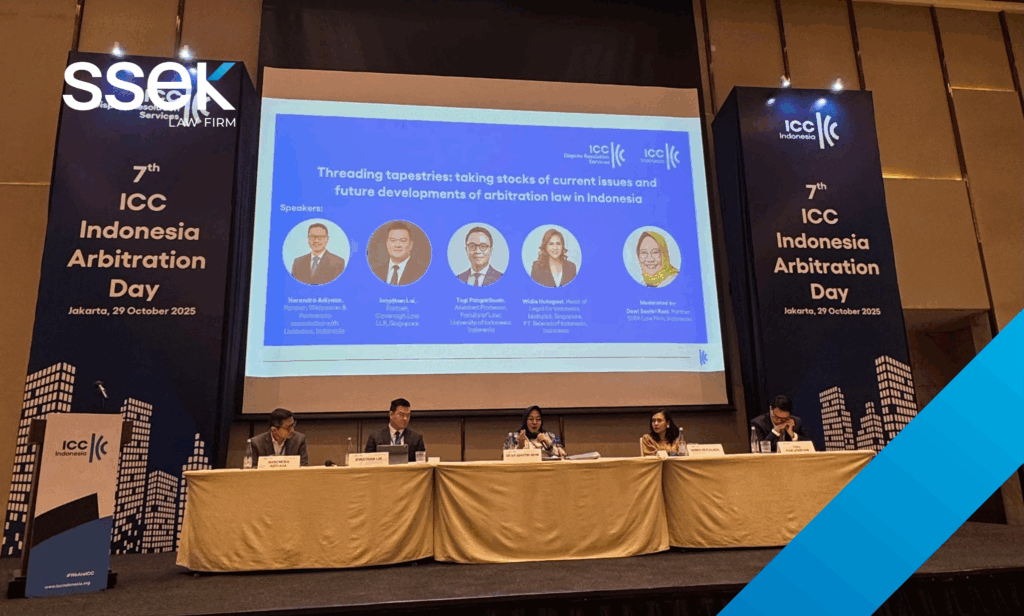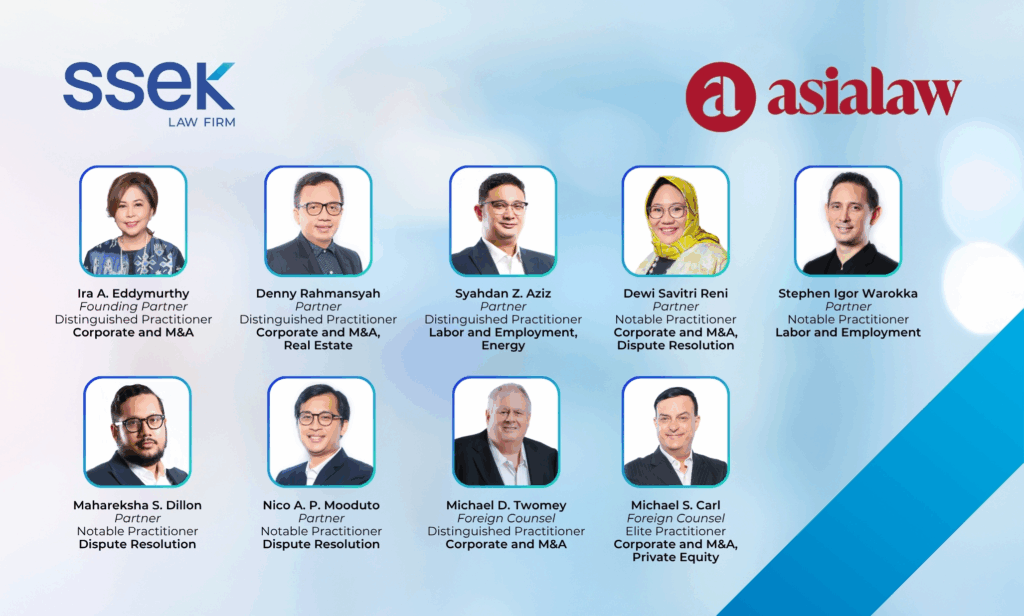4 February 2021
On August 12, 2020, the Supreme Court handed down the 109-Tai-Shang-1012 Decision of August 12, 2020 (hereinafter, the “Decision”), holding that if a witness was indeed present and can testify to a fact, even if s/he is an interested party to a party, the adoption of his or her testimony shall still be determined at the discretion of the trial court.
According to the facts underlying this case, A had a claim over a principal, interest and default penalty in the amount of NT$200 million against Company B according to a payment order issued by the Taipei District Court. A asserted as follows. Although Appellant X Asset Management Co. (hereinafter, “Company X”) held the promissory note at issue jointly issued by Company B and C, not a party to this lawsuit, Company X applied for compulsory enforcement against Company B based on a ruling that approved the compulsory enforcement as rendered by the Taipei District Court. In reality, however, Company X had no promissory note claim over Company B. The enforcement court failed to delete Company X’s claim from the compulsory enforcement amount allocation table (hereinafter, the “Allocation Table at Issue”). As a result, the amount that may be allocated to A as a result of the compulsory enforcement procedure was affected. A and its successor requested to remove the enforcement fee and the note payment and interest associated with Company X from the Allocation Table at Issue. Appellant Company X asserted as follows. Company B had previously taken out a loan from Bank Y, not a party to this lawsuit, and provided a property to be mortgaged (hereinafter, the “Property at Issue” and the “Mortgage at Issue”) as security for the repayment of the loan. Later, Company X obtained the claim over the loan at issue (including the principal of NT$320 million, interest and default penalty) as an assignee. According to the settlement with Company B as of June 14, 2010, the debt totaled over NT$690 million. Since Company B was unable to repay it, the legal representative of Company X assumed NT$260 million of the debt, while Company B separately assigned its third-party claims of NT$140 million to Company X and issued the promissory note at issue to secure the repayment. Therefore, Company X agreed to relinquish the security of the Mortgage at Issue and issued a debt repayment certificate to cancel the registration of the Mortgage at Issue. However, the claim over the loan at issue did not disappear. Therefore Company X asserted that Company B did not complete the repayment of the loan at issue, and that there was another reason for canceling the registration of the Mortgage at Issue. Since Company X’s claim still existed, A’s assertion was groundless.
The Decision pointed out that since witnesses are an irreplaceable evidentiary method, if it is certain that they were present on site and witnessed the facts, even if they are interested parties to the parties as family members or relatives, whether their testimonies may be adopted should be determined at the discretion of the trial court. If the testimonies are not false, it is not true that the testimonies are not inadmissible.
The Decision further indicated that the person who conducted the settlement on behalf of Appellant Company X was K as evidenced by the debt repayment agreement. However, according to the testimony of Witness G, K was indeed the person conducting the debt settlement on behalf of Company and G also personally heard K tell Company X that the claim over Company B still existed. However, with respect to the circumstance concerning the canceled registration of the Mortgage at Issue, whether it was unnecessary for the Appellant to examine Witness K to prove if Company B had repaid the loan at issue when the Mortgage at Issue was cancelled is not without question. Without taking this into consideration, the original trial court was rash when it elected to conclude that there was no need to conduct such examination since it is difficult to expect K, an interested party to both Company B and the Appellant, to provide an objective testimony. The original trial court failed to conduct detailed investigation and review and elected to render a decision unfavorable to the Appellant. Since this was also somewhat omissive rash, the Supreme Court remanded the case to the high court.
For further information, please contact:
Nora Shih, Lee Tsai & Partners
lawtec@leetsai.com





